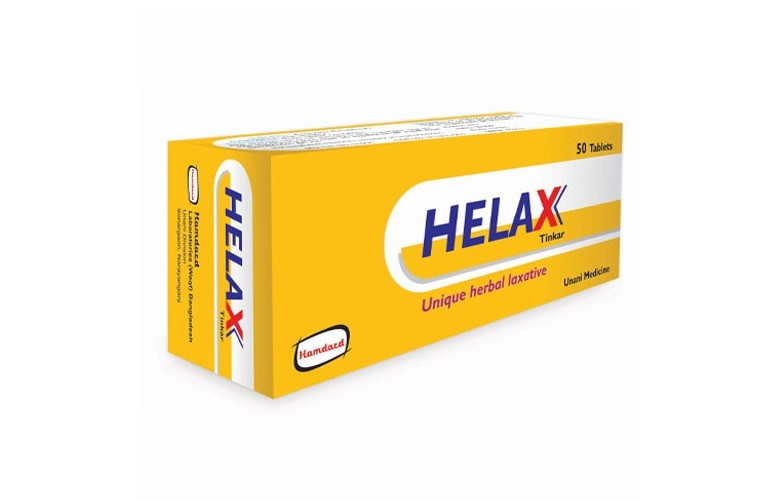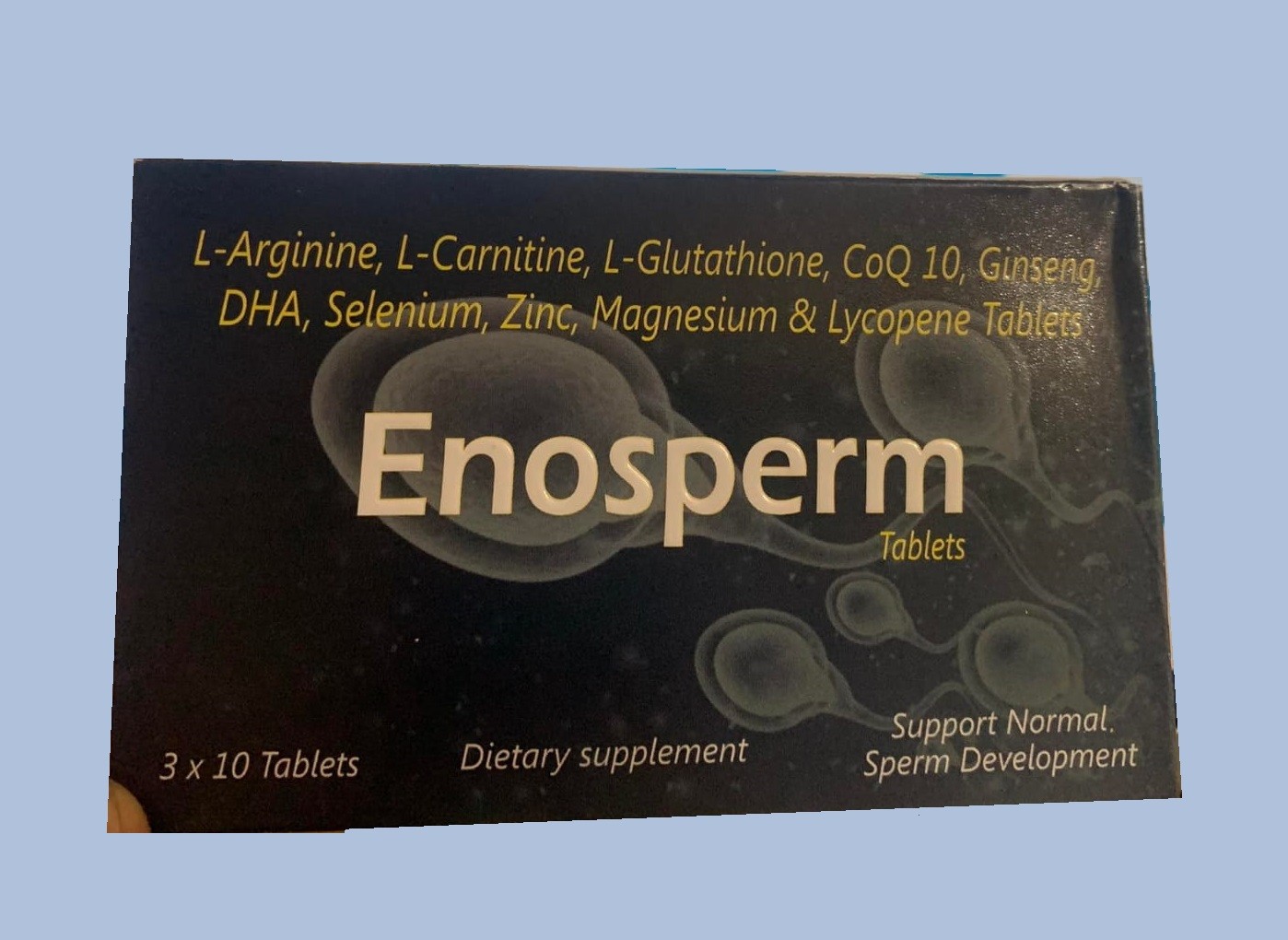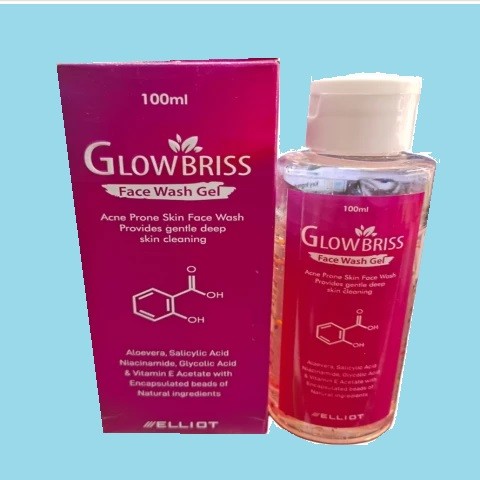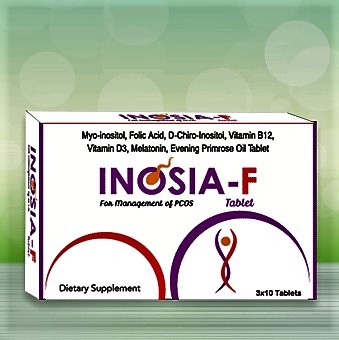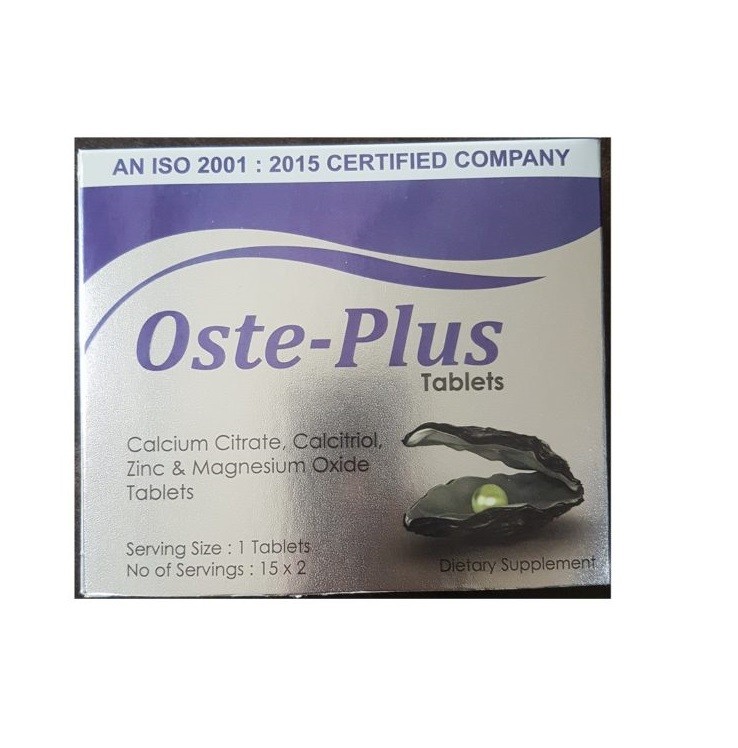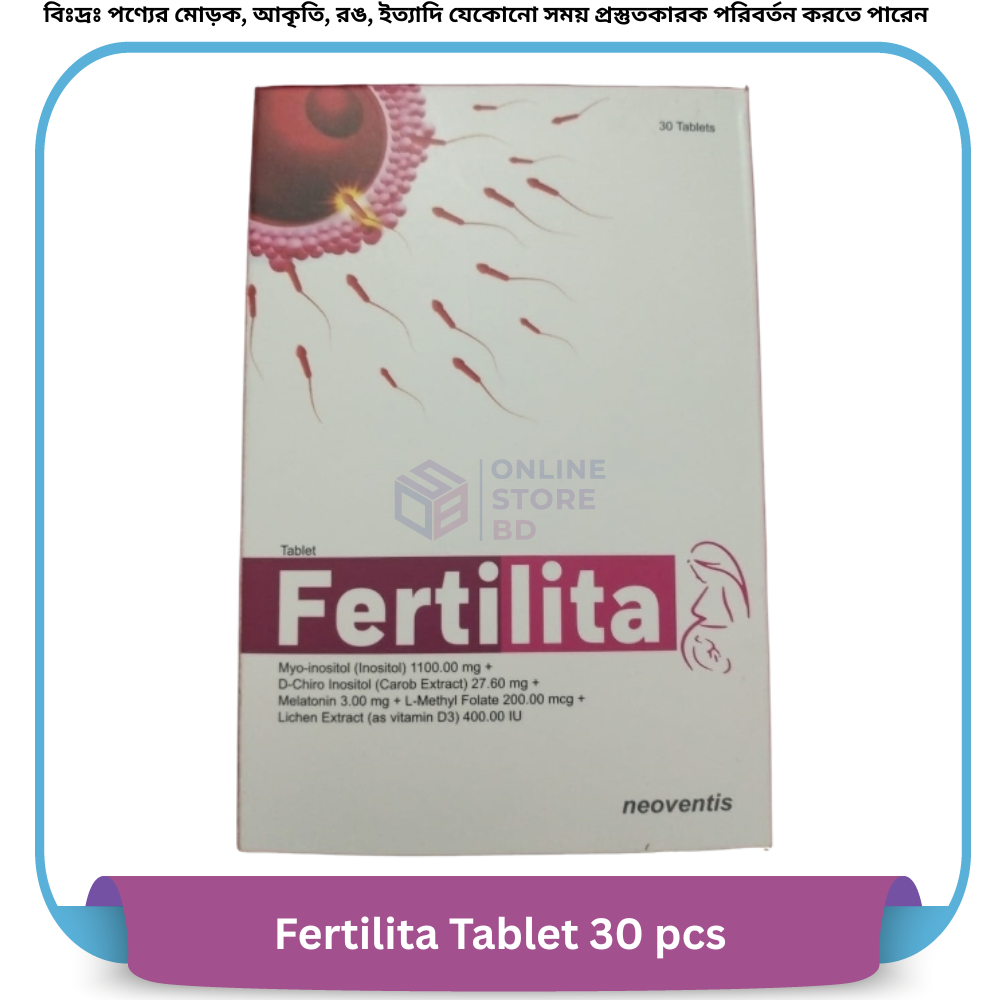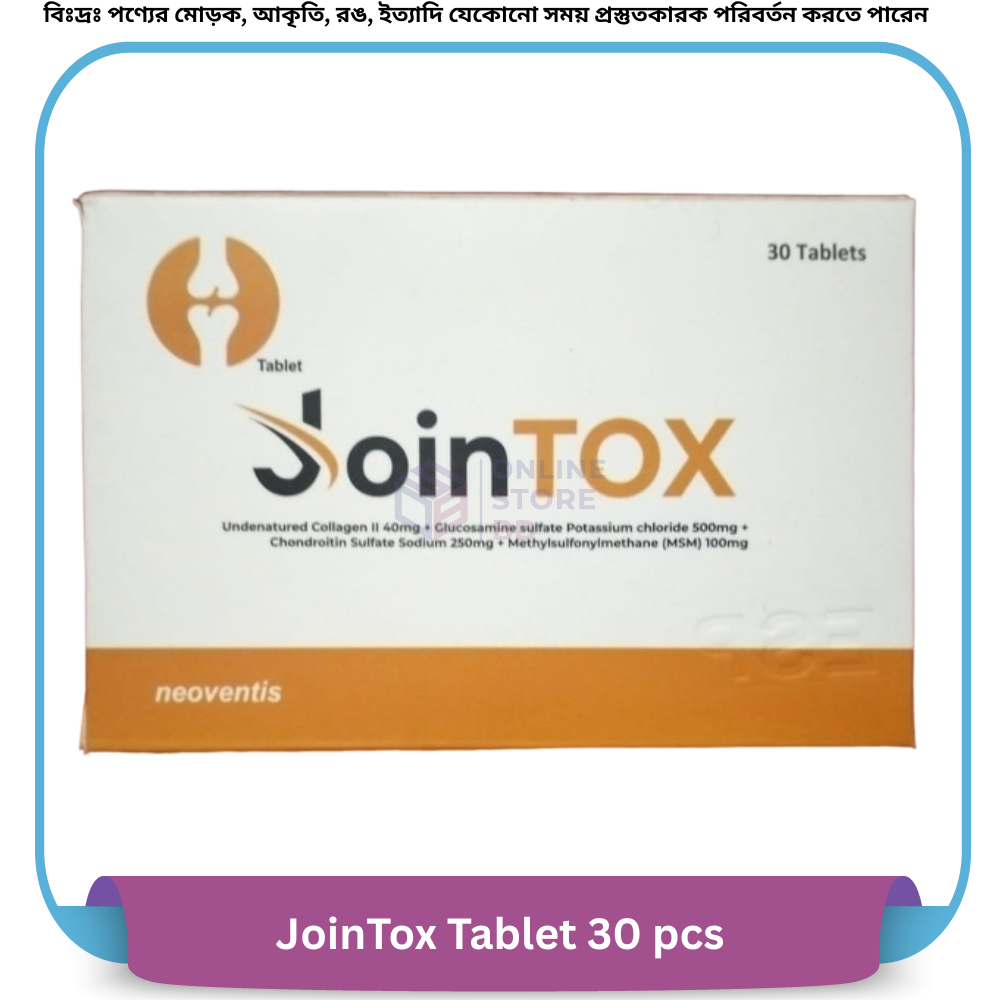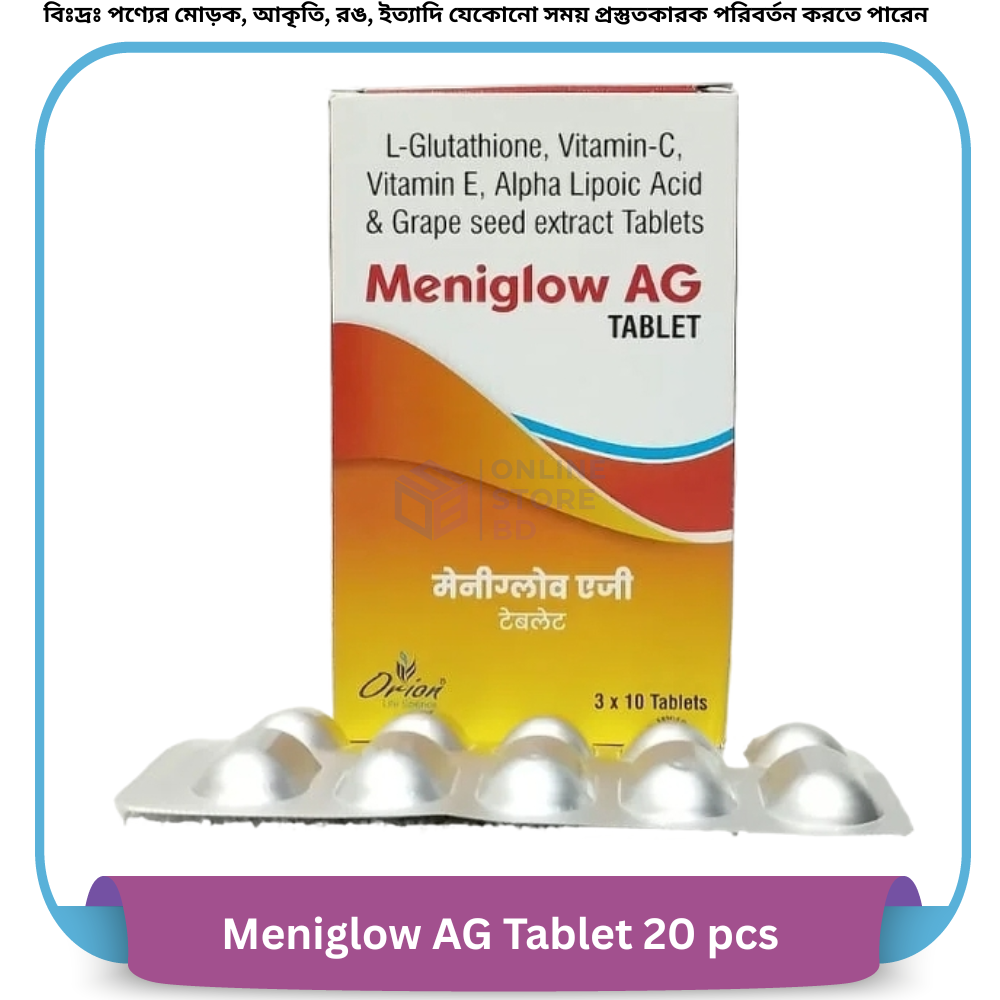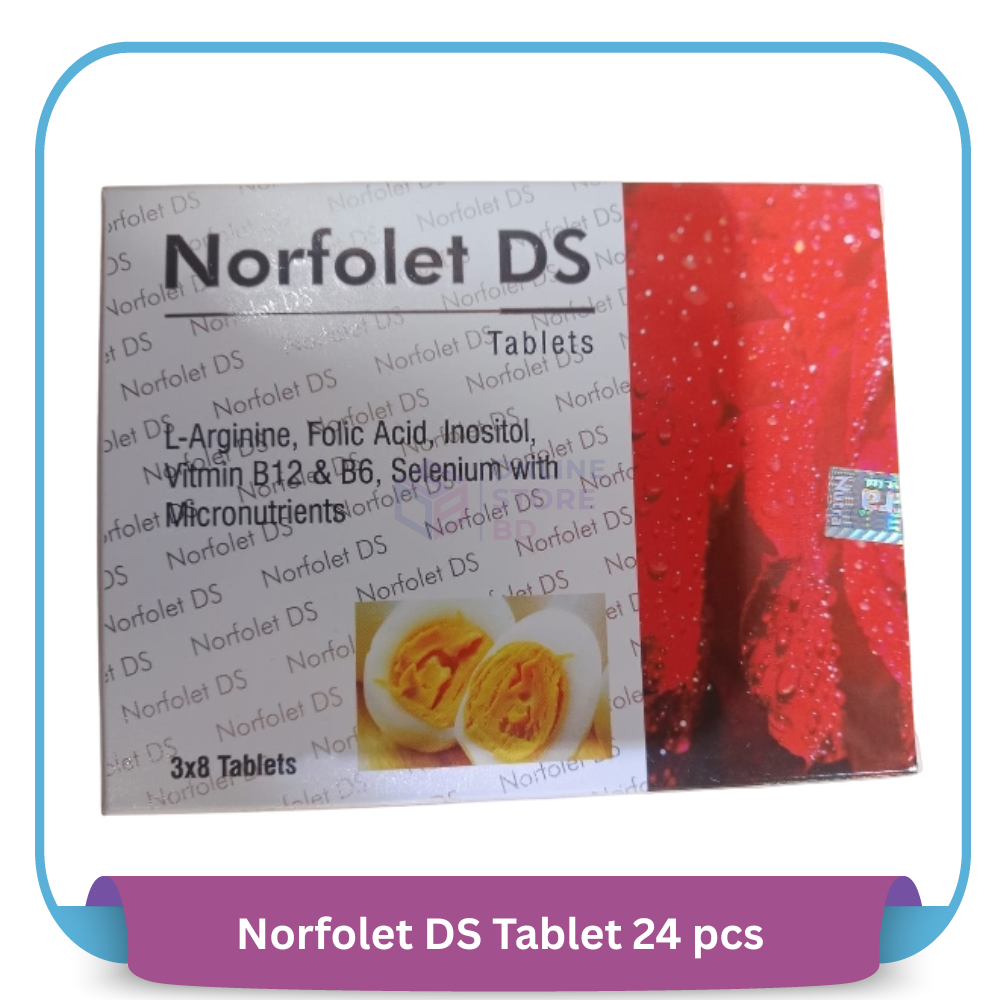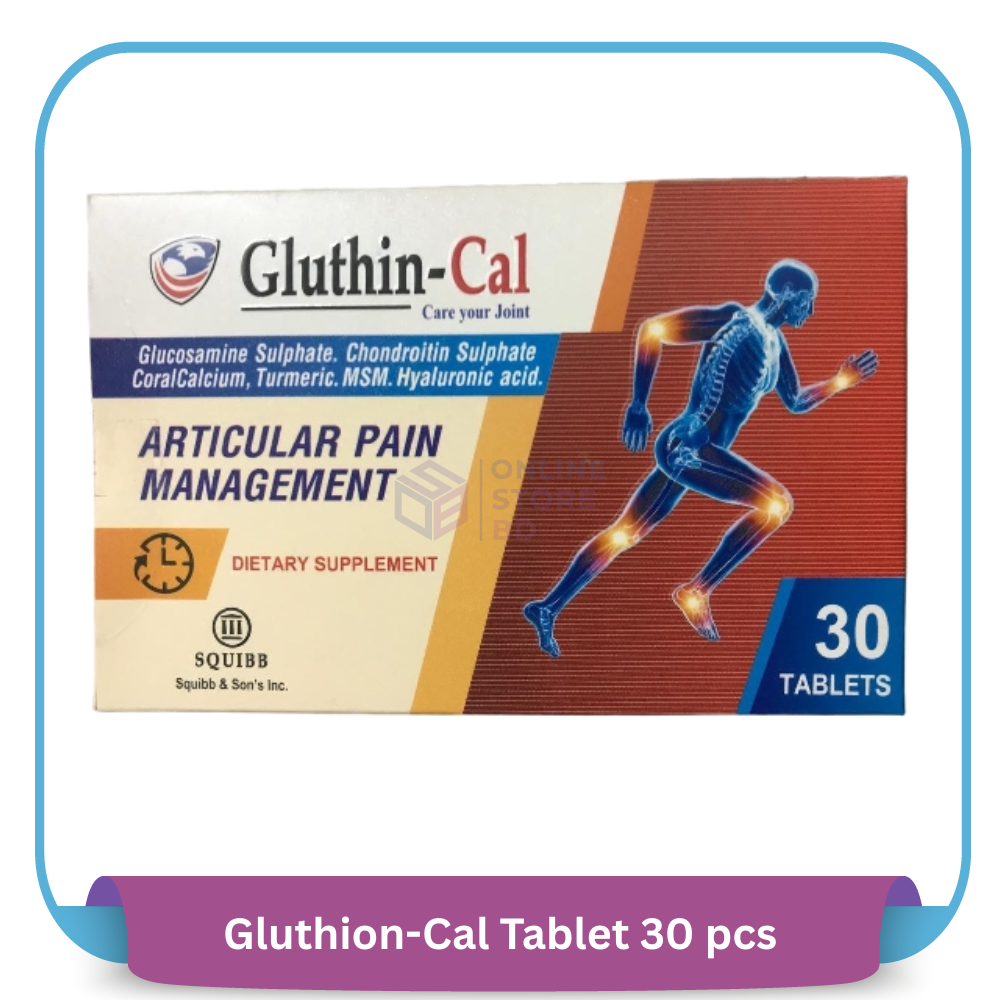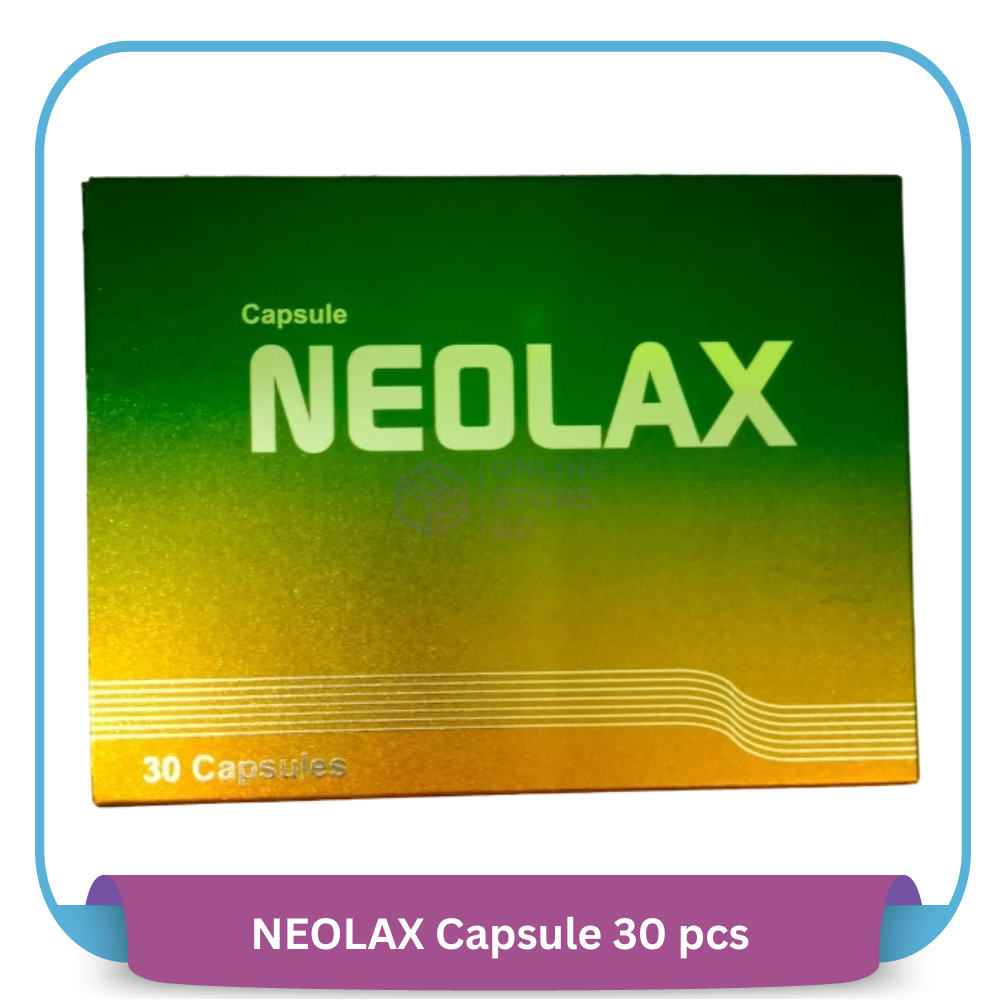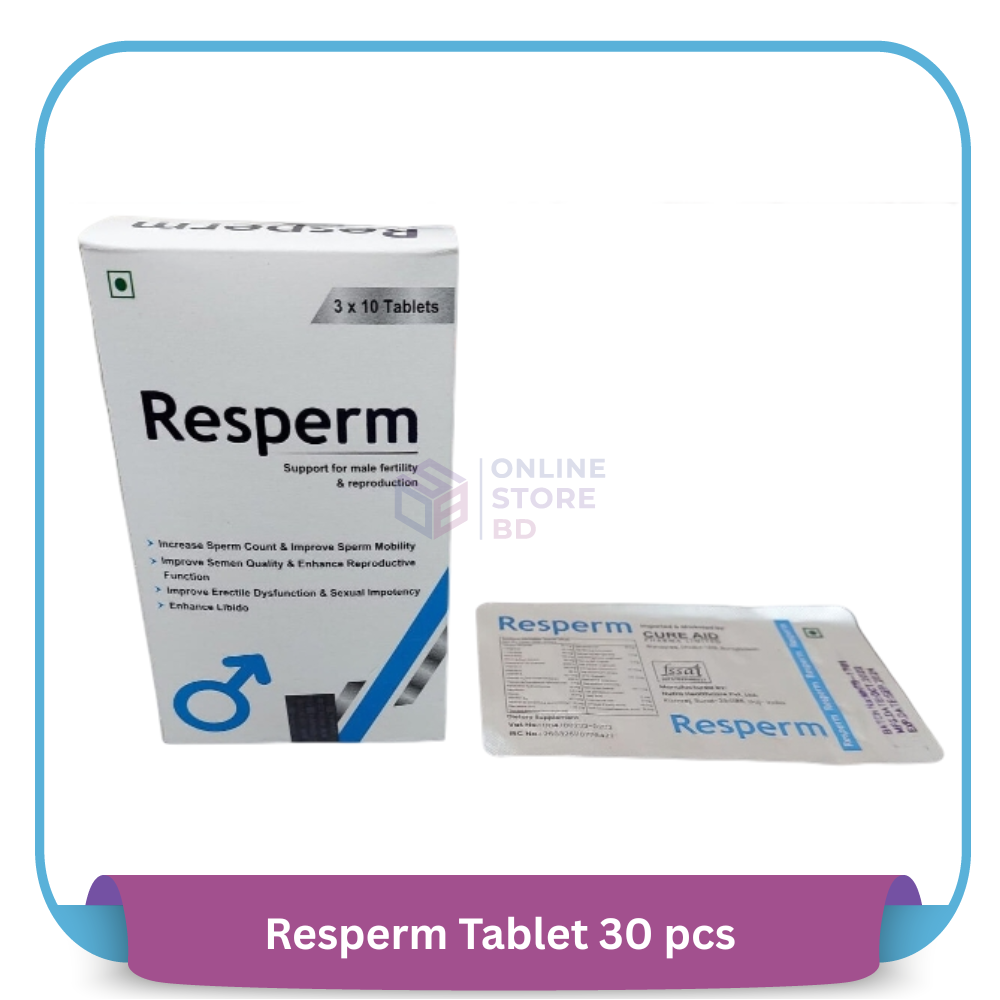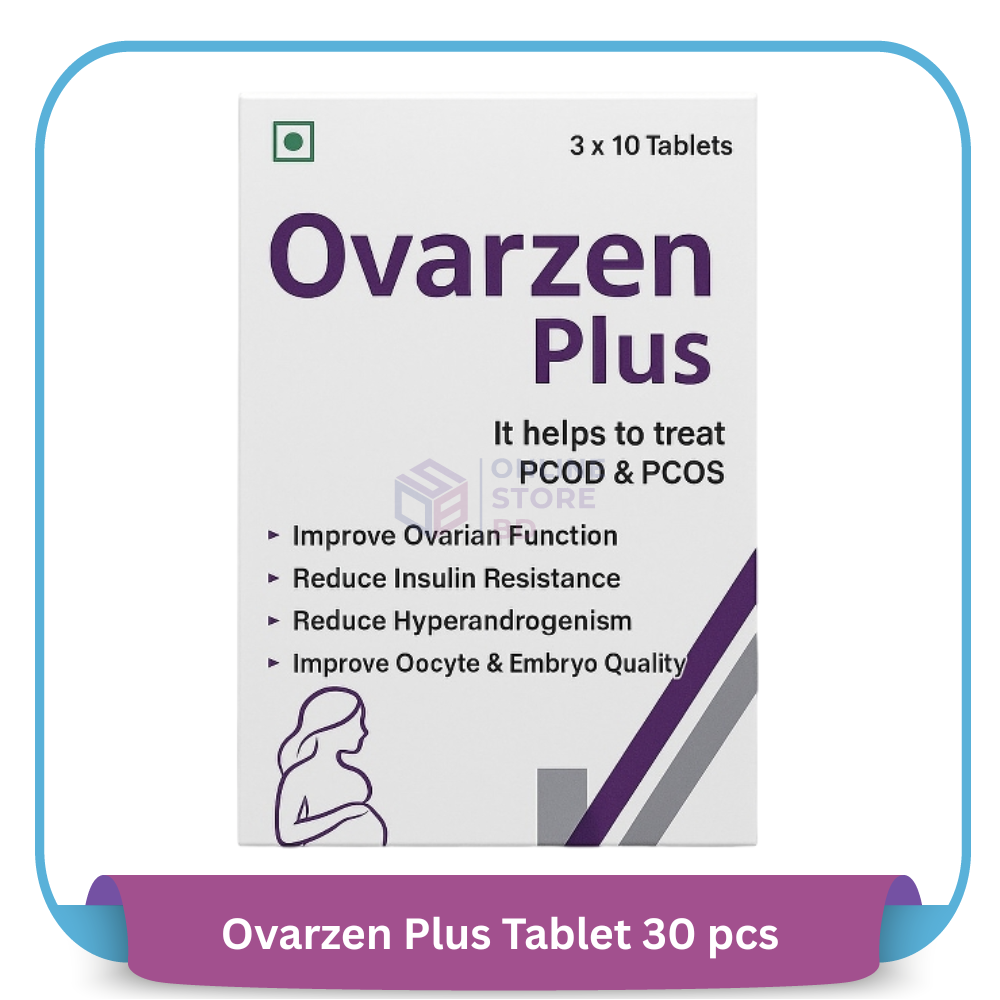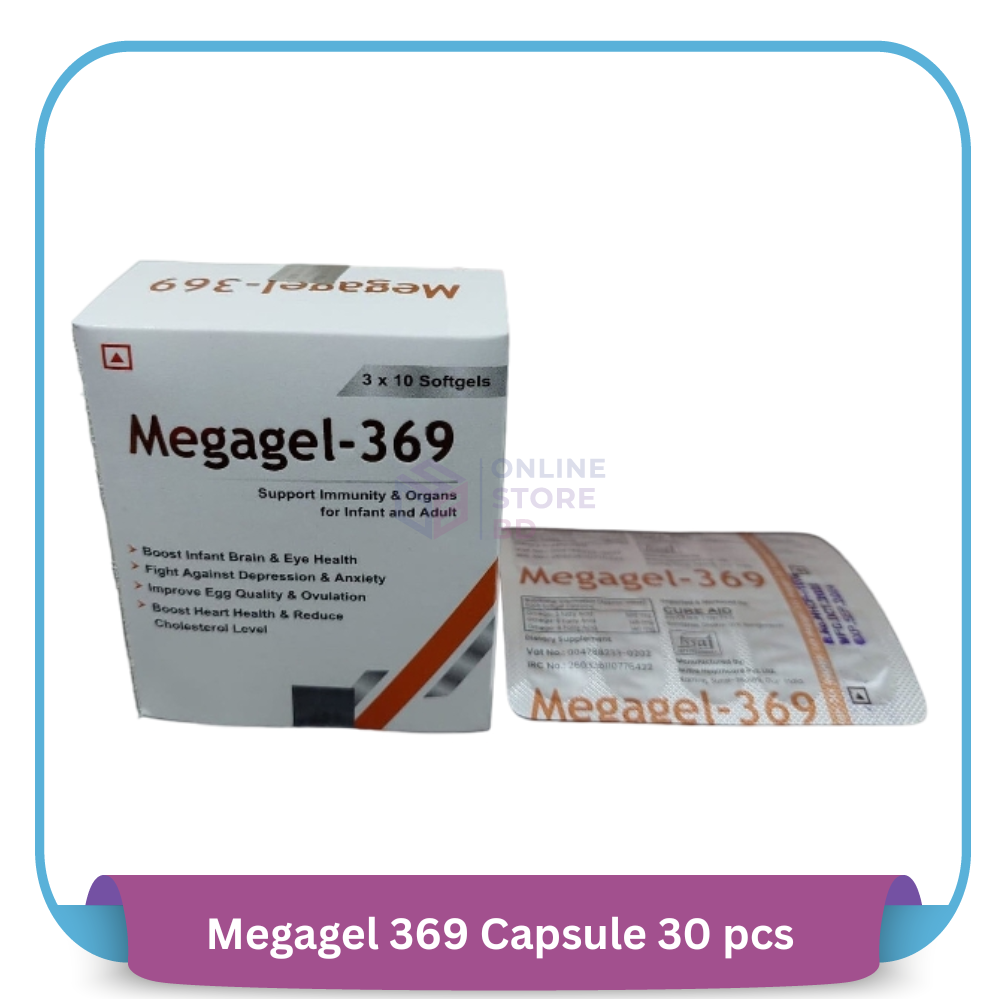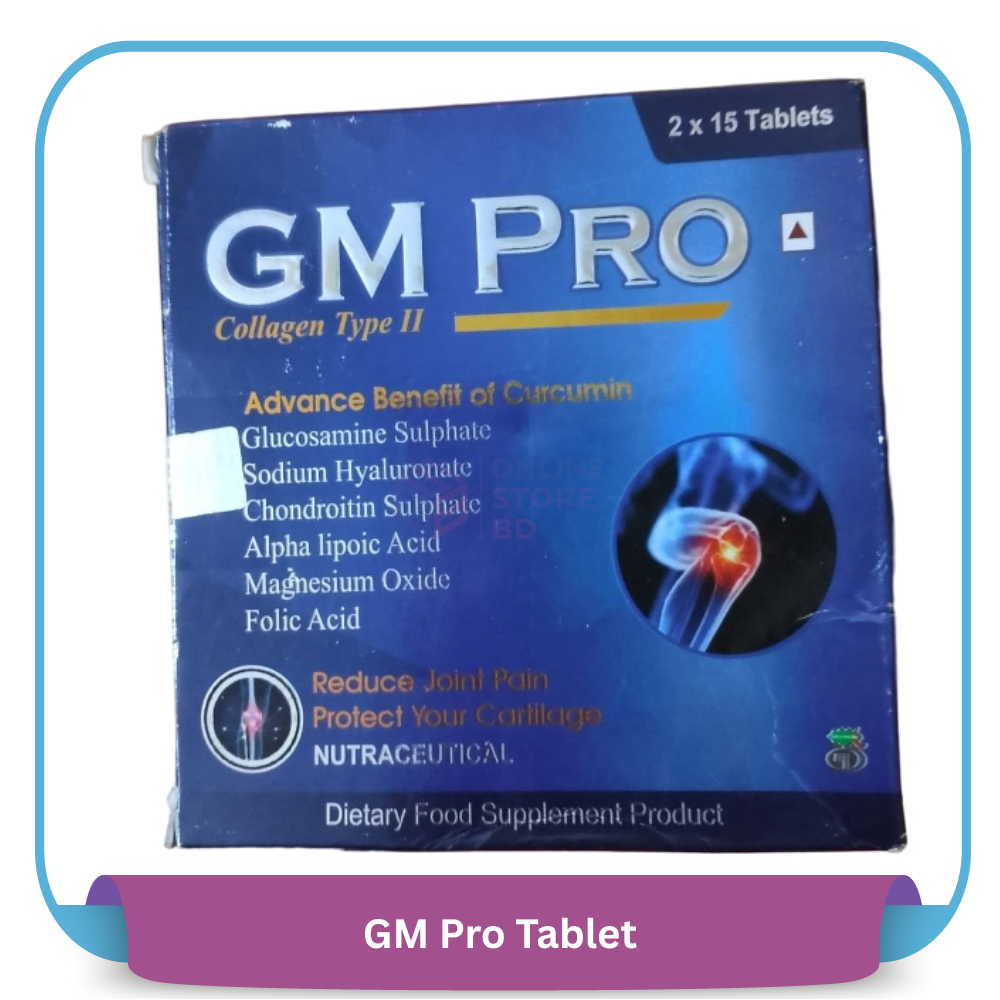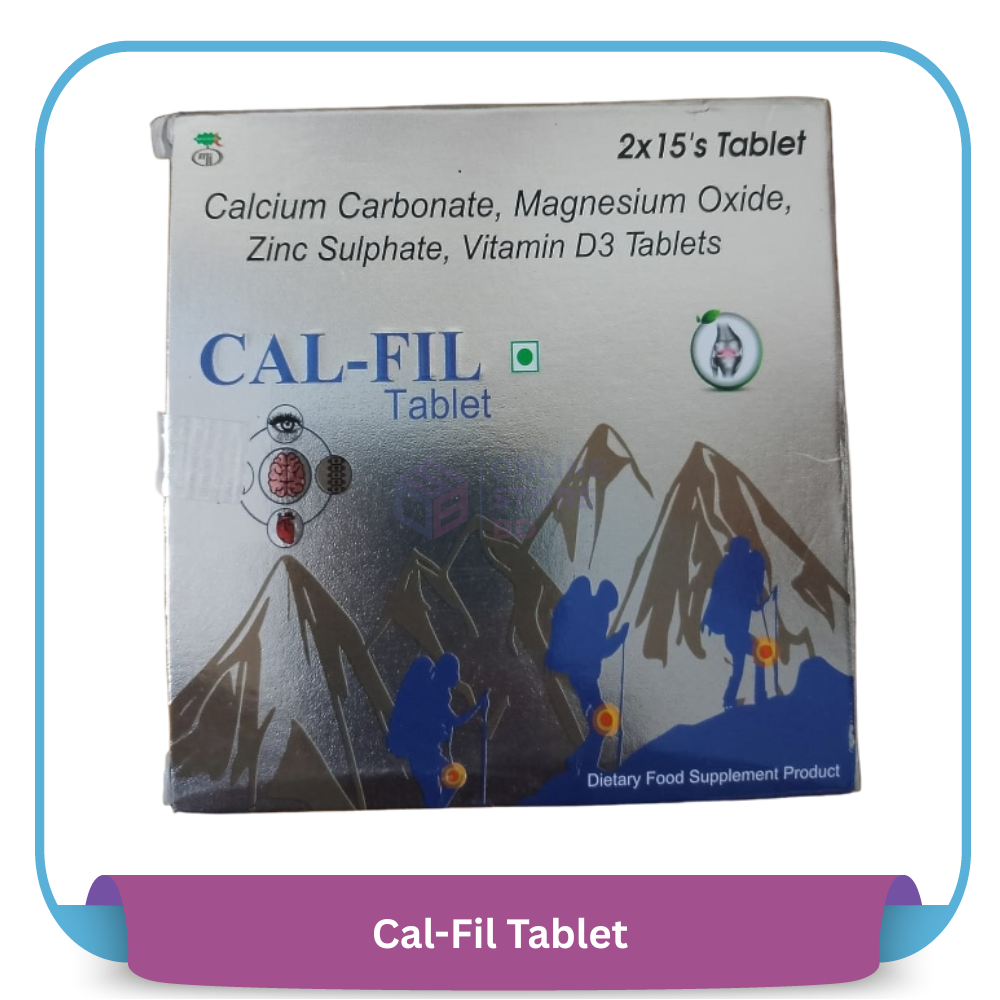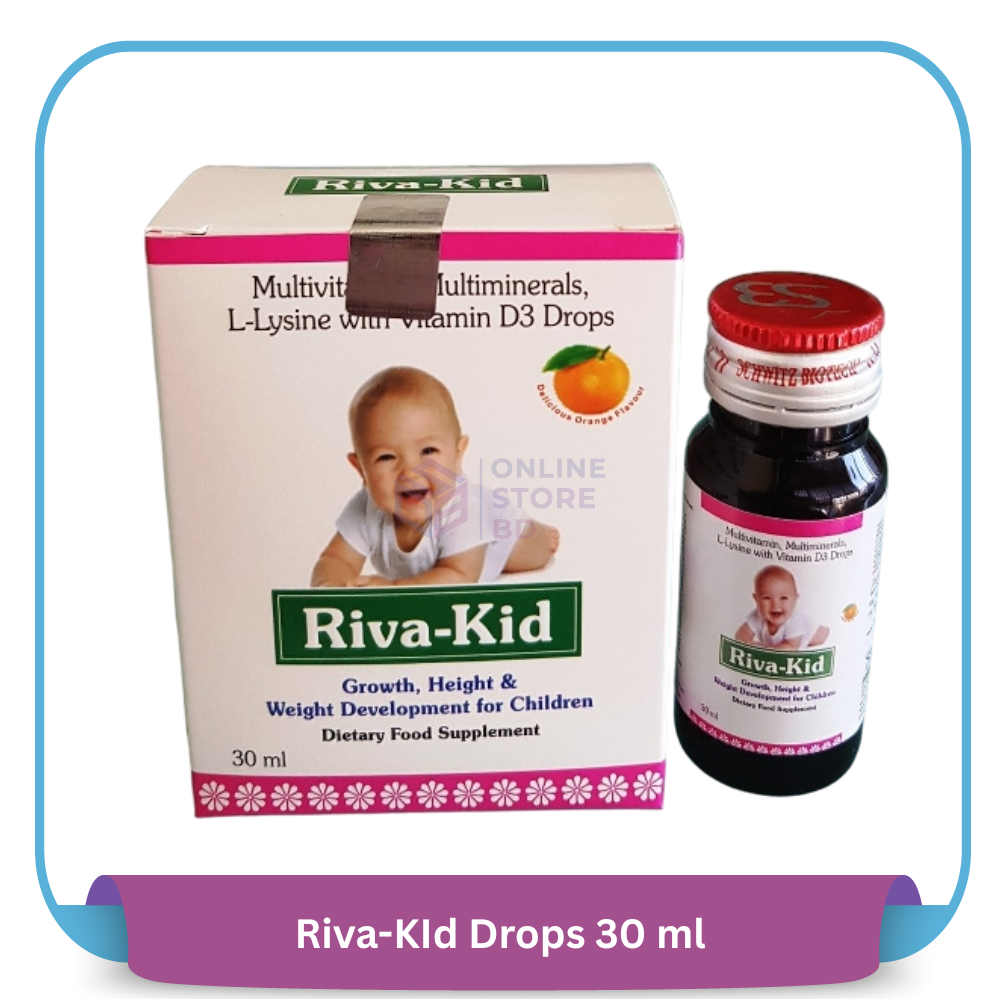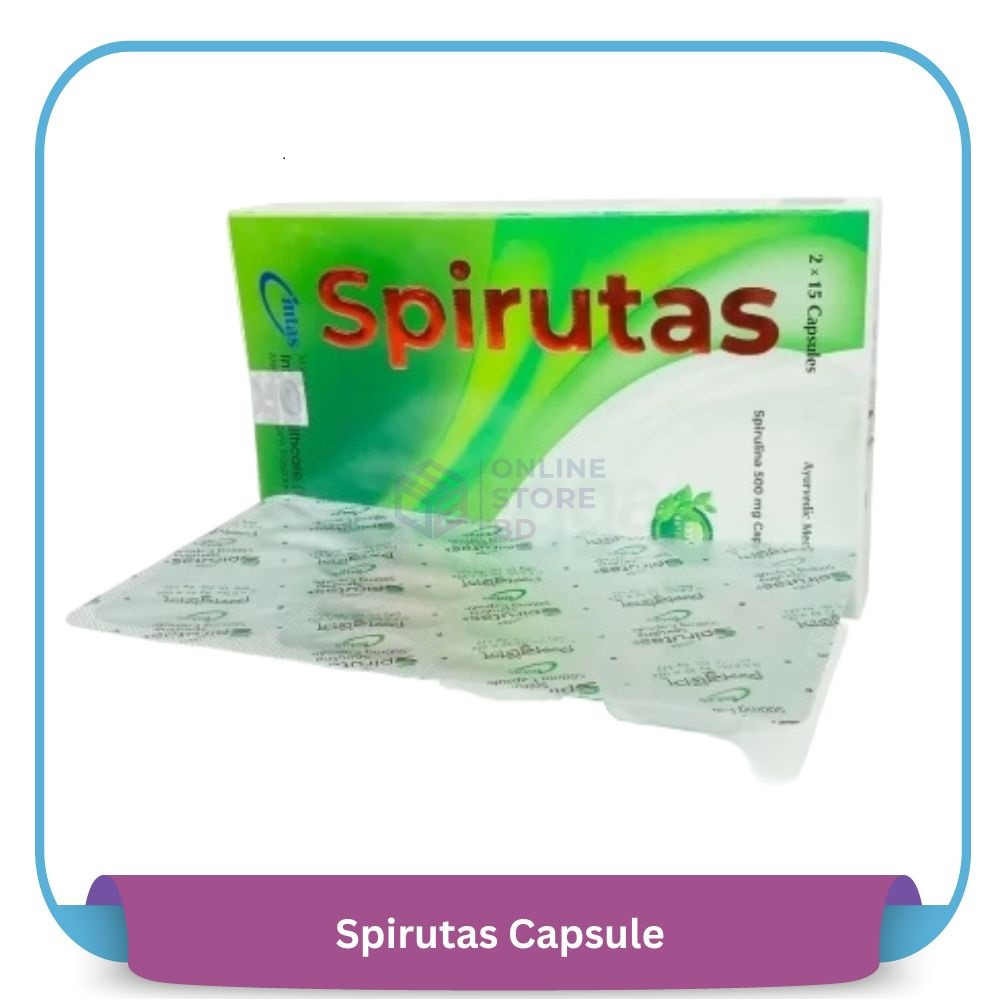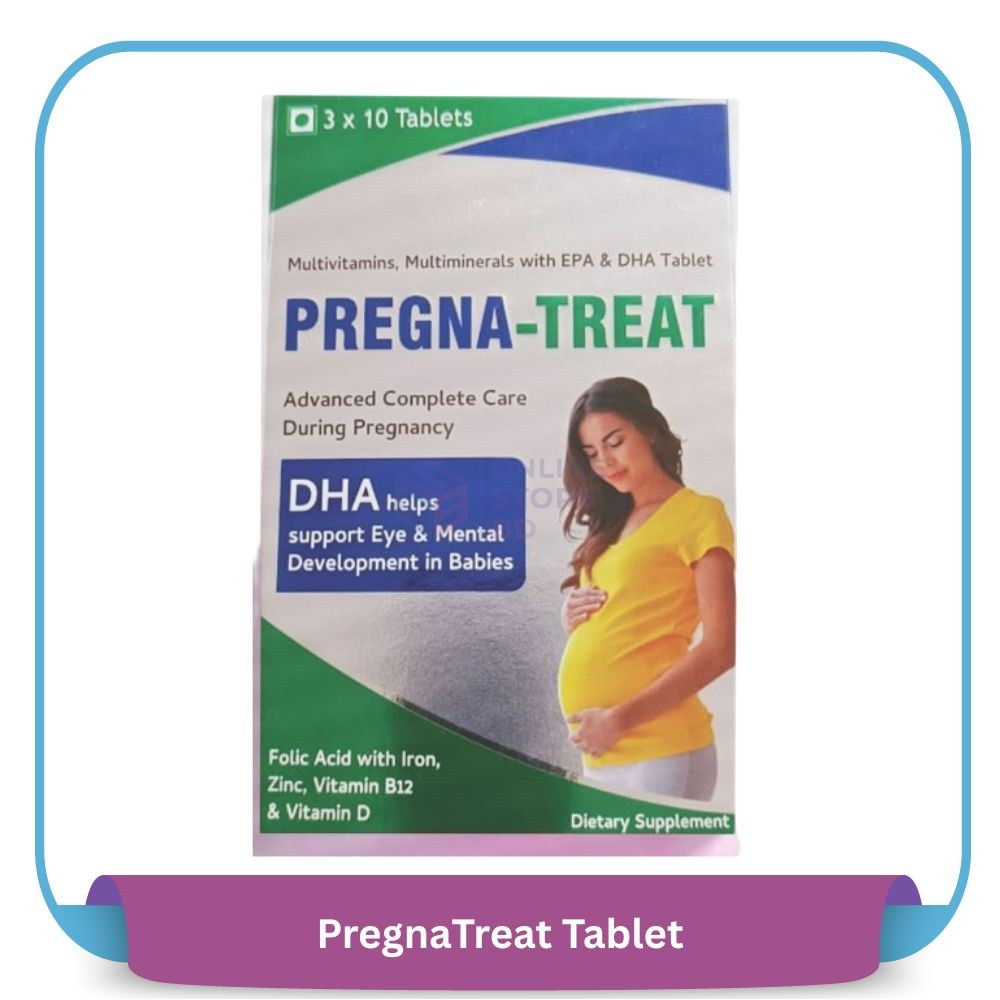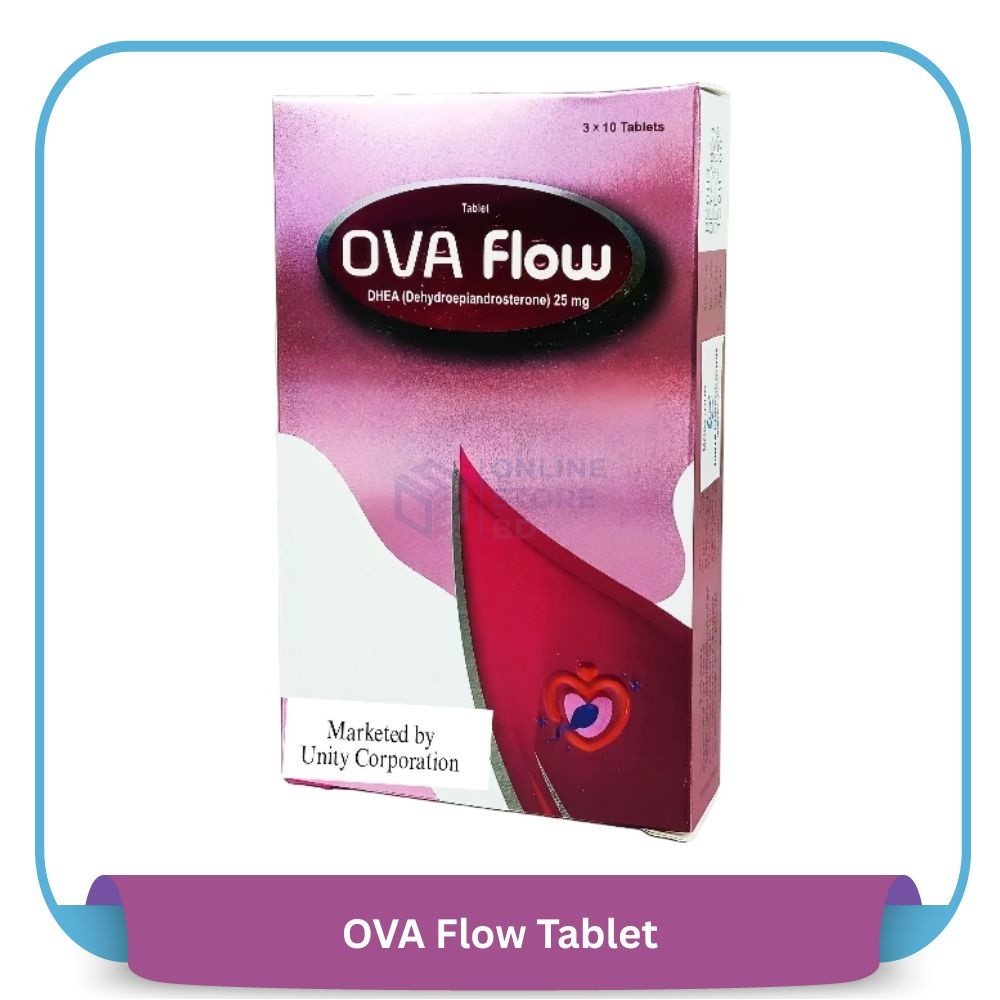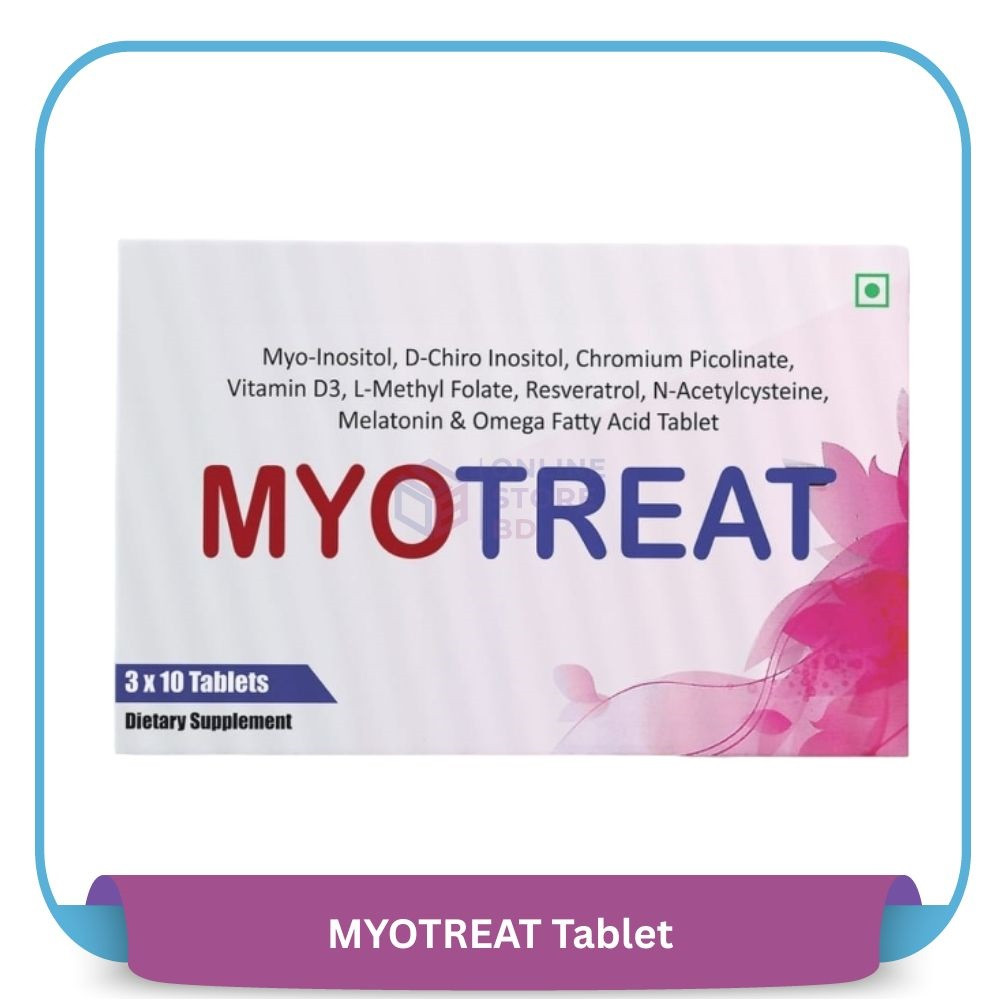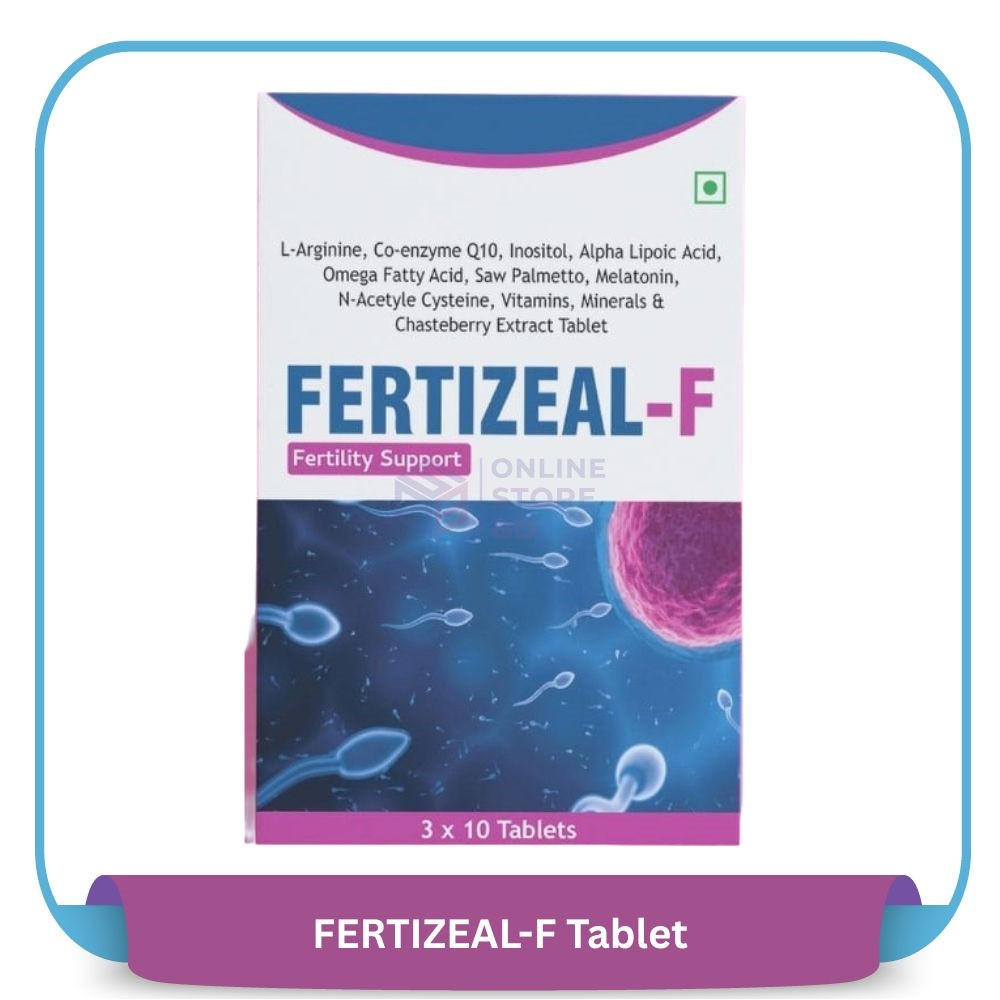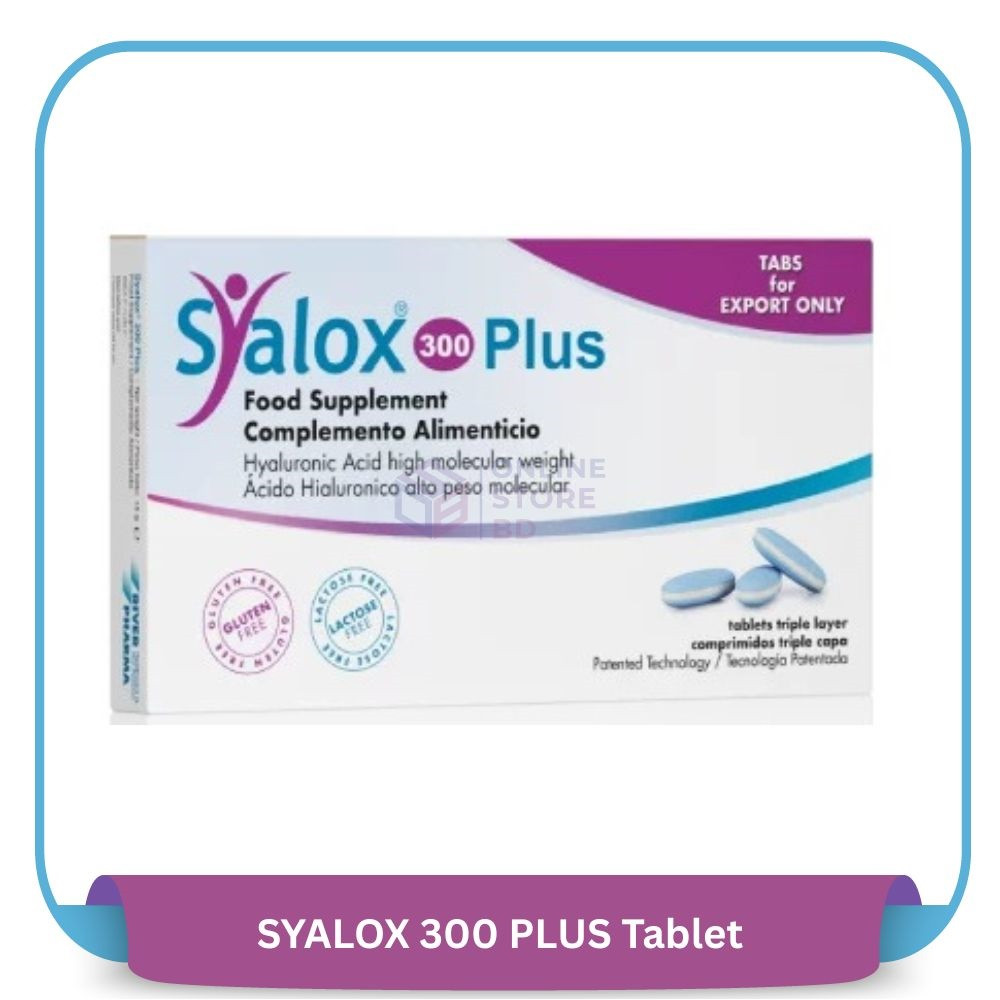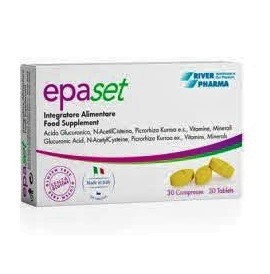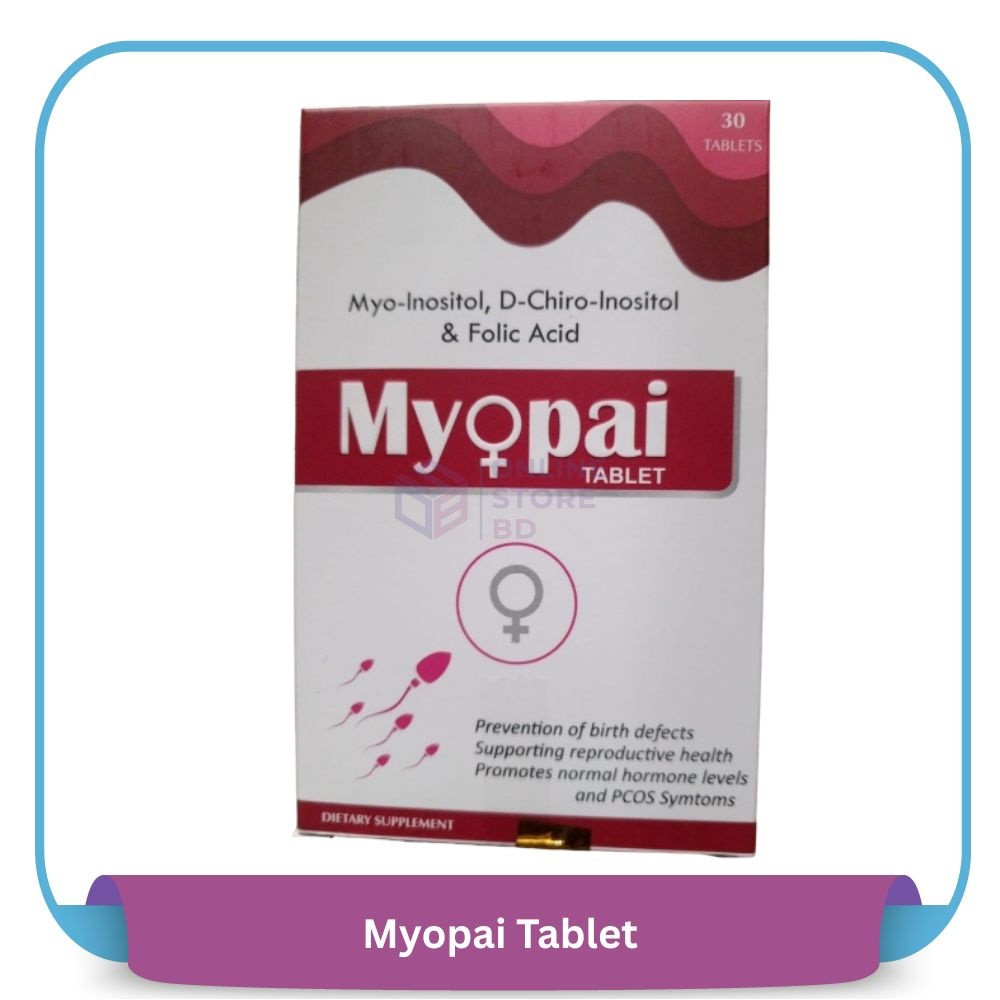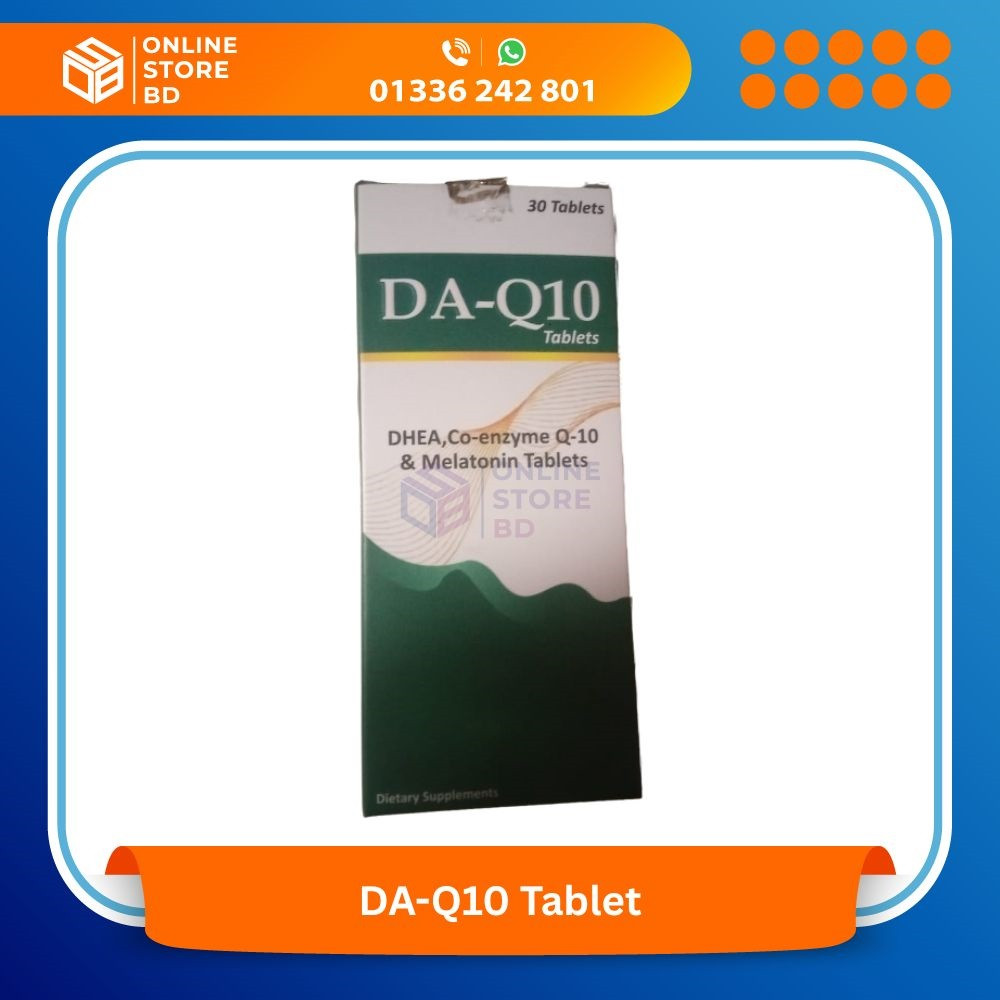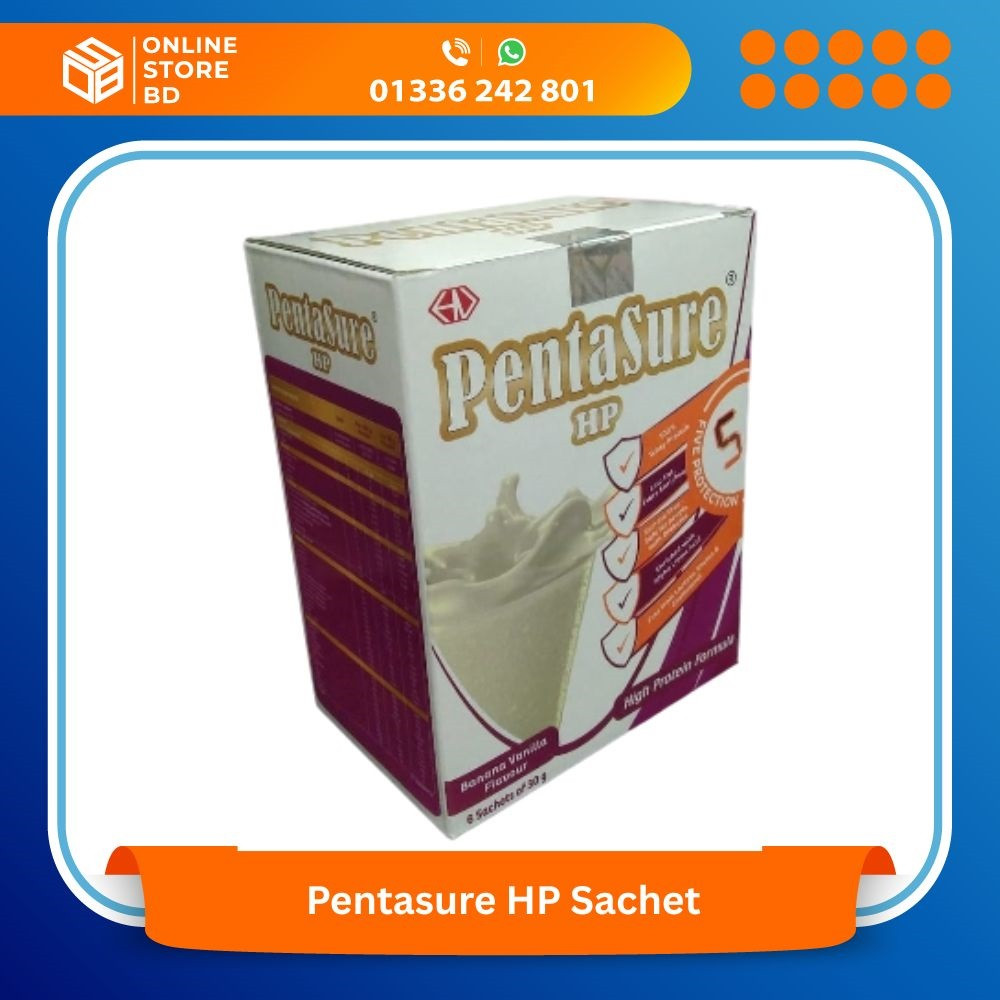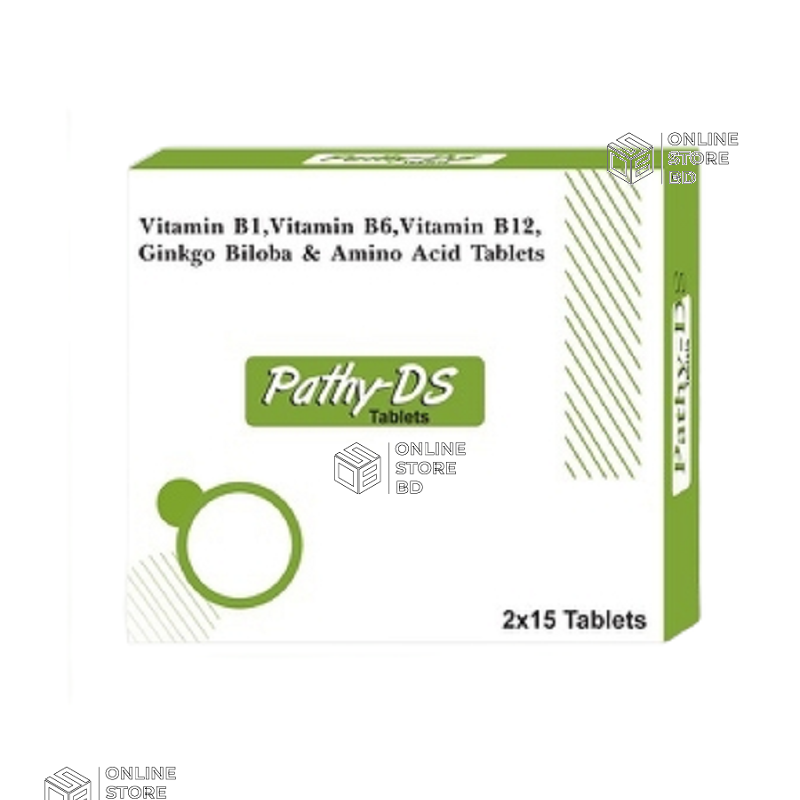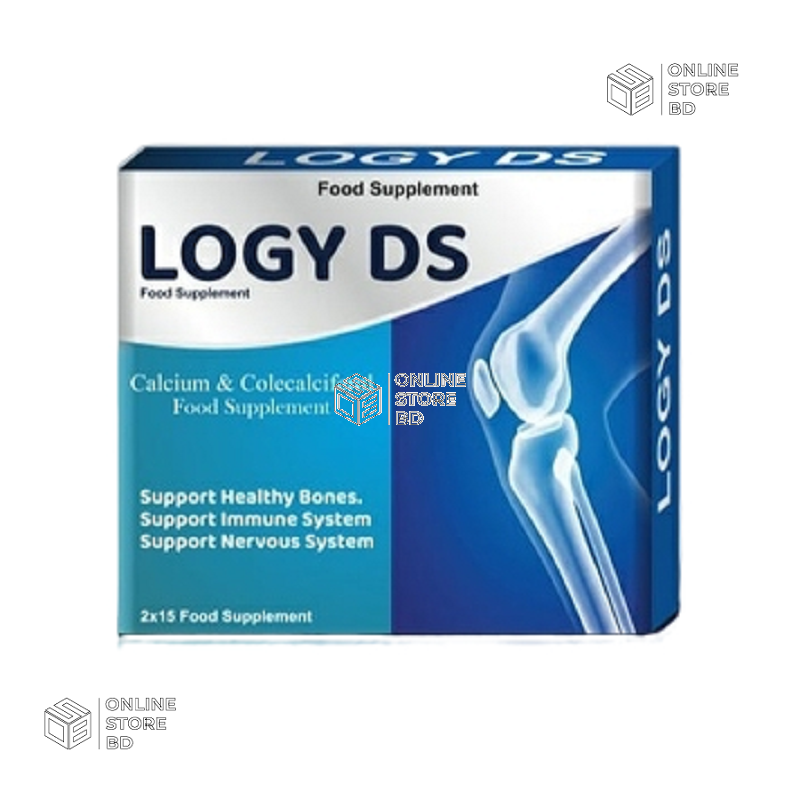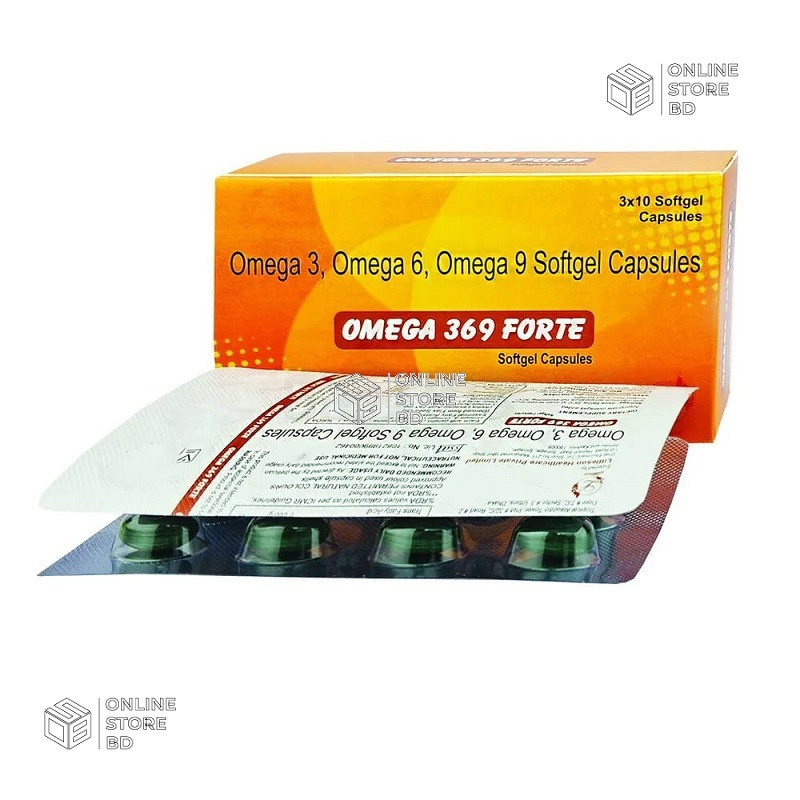Significantly effective:
 Cardiovascular disoder Cardiovascular disoder
 Reducing severe hypertryglyceridaemia and hyperlipidaemias Reducing severe hypertryglyceridaemia and hyperlipidaemias
 Rheumatoid arthritis Rheumatoid arthritis
 Pregnancy & Neonates Pregnancy & Neonates
 Neurological & Psychiatric disorders. Neurological & Psychiatric disorders.

| (Enrich in poly fatty acid Omega-3) |
Description:
Mega-3 (Omega-3) are considered an essential fatty acid which means that they are essential for human health but cannot be manufactured by the body but obtain from marine food. The most active Omega-3 fats are Eicosapentaenoic acid (EPA) and Docosahexaenoic acid (DHA). The body needs EPA to produce prostaglandin-E3 (PgE3), which able to perform numarous physiological functions including regulating blood pressure and blood platelets, water retention and immune function. DHA is required from the normal development of the brain and eyes, especially of the fetus and infants. Omega-3 (EPA &DHA) are also components of nerve cells and cellular membrane. They are converted by the body in to Ecosanoids, leukotrienes and all of which are needed second by second by most tissue activities in the body.
Composition:
Each soft gel contains:
Fish oil 1000mg. equivalent to
EPA (Eicosapentaenoic acid) 180mg.
DHA(Docosahexaenoic acid ) 120mg.
Anti-oxident and preservative agent
Alpha-tocopherol (Vita-E) 5mg.
Mechanism of action:
Mega-3 contained omega-3 fatty acids EPA & DHA. EPA & DHA Conpetitively replace the arachidonic acid (AA) of cell membrane, thus block celluler production of prostaglandin PgE2 (a pro-inflammatory local hormone). EPA also directly converted to prostaglandin PgE3 (a" good" Anti-inflammatory local hormone) by the help of cyclooxygenase.
(Basic & Clinical Pharmacology BERTRAM G, KATZUNG edition 2001)

| Following the categories & classification of fatty acids |
Fatty acids are saturated, monounsaturated, or polyunsaturated. Two types of polyunsaturated fatty acid exist the omega 6 and the omega 3 fatty acids. The omega 6 fatty, acids are available mainly from vegetable oils. Three types of omega 3 fatty acid exist: linolenic acid is available from certainplants but E icosapentanoic acid and docosahexanoic acid must be obtained from marine sources.
Indications & usage:
Cardiovascular disorder Hypertryglyceriaeia:
Beneficial effects of the heart by helping to :
 increase the concentration of HDL cholesterol while decreasing the concentration of increase the concentration of HDL cholesterol while decreasing the concentration of
LDL cholesterol.
 prevent the formation of blood clots and fatty deposits on arterial walls and inhibit prevent the formation of blood clots and fatty deposits on arterial walls and inhibit
the development of atherosclerosis.
 reduce pain associated with angina. o control high blood pressure. reduce pain associated with angina. o control high blood pressure.
 effective in preventing arrhythmias and sudden death from cardiac arrest. effective in preventing arrhythmias and sudden death from cardiac arrest.
 effectively lowers the serum triglycerides those are significant and independent risk effectively lowers the serum triglycerides those are significant and independent risk
factor of cardiovacular disorders.
(Ref : Importance of omega-3 fatty acids in health and disease American journal of clinical nutrition, vol, 7ljanu, pp 1715-755) Laurence clinical pharmacology chapter-Hyperlipidmias 9th Edition. Page NO 521.)
Pregnancy & Neonates:
In pregnancy it protects mother from pre-eclamsia, preterm delivery and post natal depression. Boots up baby's intelligence & 1.0, protects from development of Asthama, heart disease, atopic allergy and Cancer in the future. (Ref : British Medical Journal, 2002)
Neurological and psychiatric disorders:
Mega-3, (Omega-3) Mega-3 fatty acids have been suggested as treatment of a variety of psychiatric illnesses, such as depression, Bi-polar disorder, alcoholism etc but most research relates to their use in schizophrenia, where case reports and prospective trials suggest efficacy, Balance intake of mega-3 (Omega-3) have been found to a significant decrease in age-related memory lose and cognitive impairment and lower risk of developing Alzheimer's disease. (Ref : The Maudsley prescribing guidelines 2005-2006 page 69)
Asthama:
Mega-3 (Omega-3) is a proven immuno modulator by strengthening white blood cells, relieved airways inflammation and respiratory distress. Thus offering respiratory bennefits to asthmatics patients
Opthalmology:
Mega-3 (Omega-3) fatty acids have been shown to protecty eyes from mecular degeneration and open angle glaucoma.
Rheumatoid Arthritis:
Mega-3 (Omega-3) successfully relieves the inflammatory conditions, reduces pain, swelling, tenderness and stiffness. new data shows that Omega-3 fatty acids also reduced cartilage degradation and that should be used together with anti-rheumatic drugs for getting optimum result.
Diabetes:
DHA of omega-3 fatty acids enhance the integrity and fluidity of the cellular membrane that increase the responsive of insulin receptors, resulting in more sensitivity to insulin and utilization of glucose. An Omega-3 fatty acid found in fish oil appears to improve insulin function in overweight individuals who are vulnerable of type 2 diabetes. (NIDDM) (Ref: American Journal of clinical nutrition 2000)
Dosages and administration:
Children-(2-12 years) one capsule once daily just before meal.
Adolescent & Adult-one capsule two to three times daily just before meal.
For pregnant and lactating mother:
One capsule twice daily justy before meal.
All the dosages should be adjusted and followed as per the suggestion of health care provider.
Contra indication & precautions:
Hypersensitivity of Omega-3.
Taking more than 10 caps per day one could feel discomfort, Fishy taste, Nausea etc. Concomitant use with anti-coagulant should be under health care provider.
Storage:
Keep in cool preferably lower than 25' dry place and protected from light and heat. Keep containers tightly sealed.
Presentation:
60 Capsules in each bottle.
References:
 Lipid derived antocoids: Ecosanoids and platelet activating factor. Jason D. Morrow and L. Jackson Roberts (11). Lipid derived antocoids: Ecosanoids and platelet activating factor. Jason D. Morrow and L. Jackson Roberts (11).
Godman and Gilman's. The pharmacological - Basis of therapeutias -10th Edition.
 Josph R.Hibbelr and Norman Salem, Jr,Published in American Journal of clinical Nutrition 1995. 62. 1-9. Josph R.Hibbelr and Norman Salem, Jr,Published in American Journal of clinical Nutrition 1995. 62. 1-9.
 Fish consumtion and the boyer risk of fatal myocardial infarction by Martha & Daviglus M. D. Ph.D Fish consumtion and the boyer risk of fatal myocardial infarction by Martha & Daviglus M. D. Ph.D
Jeremiah Stamler, Ant horny J, Orencia. M.D Ph.D et al printed in the new England Journal of
medicine. 3361046-1053(April 10,1997).
 Omega-3 fatty acids in respiratory disease a review by Howard R.Knapp M.D,PhD FACN Department of internal Medicine, universally of IOWA College of Medicine,Dowa city published in Journal of the American College Nutrition Vol 14 No 18-23 (1995). Omega-3 fatty acids in respiratory disease a review by Howard R.Knapp M.D,PhD FACN Department of internal Medicine, universally of IOWA College of Medicine,Dowa city published in Journal of the American College Nutrition Vol 14 No 18-23 (1995).
 Daviglus ML, Stamler J, Orencia AJ, DyerAR Liu K, Greenland Pet al. Fish consumption and the 30 year risk of fatal myocardial infarction. N Engl J Med 1997;336:1046-53. Daviglus ML, Stamler J, Orencia AJ, DyerAR Liu K, Greenland Pet al. Fish consumption and the 30 year risk of fatal myocardial infarction. N Engl J Med 1997;336:1046-53.
 Albert CM, Hennekens CH, O'Donnell CJAjani UA, Carey VJ, Willett WC, et al. Fish consumption and risk of sudden cardiac death. JAMA 1998,-279:23-8. Albert CM, Hennekens CH, O'Donnell CJAjani UA, Carey VJ, Willett WC, et al. Fish consumption and risk of sudden cardiac death. JAMA 1998,-279:23-8.
 Singh RB,Niaz MA, Sharma JP Kumar R, Rastogi V, Moshiri M. Rondomized, double-blind, Placebo controlled trail offish oil and mustard oil in patients with suspected acute myocardial infarction: the Indian experiment of infarct survival-4. Cardiovasc Drugs ther 1997;11:485-91. Singh RB,Niaz MA, Sharma JP Kumar R, Rastogi V, Moshiri M. Rondomized, double-blind, Placebo controlled trail offish oil and mustard oil in patients with suspected acute myocardial infarction: the Indian experiment of infarct survival-4. Cardiovasc Drugs ther 1997;11:485-91.
 Kris-Etherton PM, Harris WS, Apple LJ for the Nutrition Committee. AHA scientific statement. Fish consumption, fish oil, omega-3 fatty acids. and cardiovascular disease. Circulation 2002;106:2747-57. Kris-Etherton PM, Harris WS, Apple LJ for the Nutrition Committee. AHA scientific statement. Fish consumption, fish oil, omega-3 fatty acids. and cardiovascular disease. Circulation 2002;106:2747-57.
|


